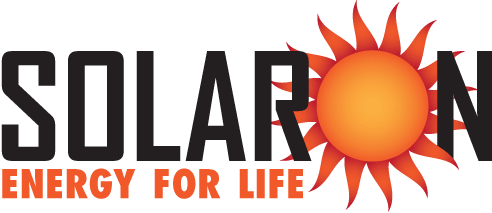
Northern California homes have two basic options when looking to benefit from solar energy: heating water and generating electricity. Solaron provides expert installation of either option. When it comes to heating water, the process is simple and straightforward. Sunlight’s heat transfers to water as it flows through a thin set of tubes, typically set on a roof, and then is redirected to a pool. Generating electricity using solar power requires a little more explanation, but the basic concept behind solar power is fairly simple, yet fascinating.
History of the Photovoltaic Effect
Back in 1839, a French physicist named Edmond Becquerel discovered that shining a light on an electrode submerged in a conductive electrolyte solution generated an electric current. He referred to his discovery as the Becquerel effect. In 1873, an English electrician named Willoughby Smith discovered that the element selenium also conducted electricity when exposed to sunlight. Professor William Grylls Adams and Richard Evans Day did further tests with selenium, verifying this discovery. Adams and Day referred to the discovery as the photoelectric effect. Even though they used different materials, it was still the same essential process that Becquerel discovered 34 years earlier. In today’s scientific community, however, this phenomenon is referred to it as the photovoltaic effect. (With photovoltaics, the electrons are actually conducted through a medium, like wiring, allowing them to do useful work, unlike the photoelectric effect, where the electrons are simply released to the surrounding space.)
Using the Photovoltaic Effect
In 1883 an inventor named Charles Edgar Fritts coated a plate of copper with selenium, topped it with gold leaf, and put it in the sunlight. Although his design generated continuous, constant electrical current, it had a minimal output and the cost of the materials made it impractical. In the 1950’s, better designs made solar modules available for commercial use. Since their cost was sill astronomical, the only ones who really benefitted were space programs.
Eventually, by finding less expensive materials and production techniques, manufacturers brought solar power to the average citizen. Today, we see solar panels in flashlights, calculators, phone chargers, streetlights, and other applications. Many companies and households use solar power to generate electricity and offset their operation expenses.
How Do Modern Solar Cells Work?
Solar cells have several layers of material, and each has a role to play. Since any sunlight bouncing off the panel can’t be used, the top of the cell has an anti-reflective coating so the cell absorbs as much sunlight as possible. Beneath this coating is a layer of silicon-based semi-conductor material “sandwiched” between metallic contacts. When photons of light hit the panel, electrons are knocked from atoms in the semi-conductor material, creating electricity (the aforementioned photovoltaic effect).
The most important thing to remember is that heat is not important for generating solar electricity, only light. That’s why you can still benefit from solar panels on a cold, yet sunny, winter day. For that matter, it’s also why photovoltaic cells power many of probes sent to cold planets like Mars, or cold parts of space.

